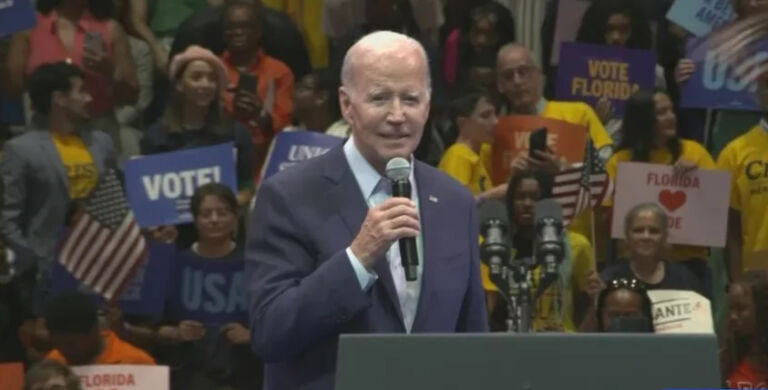North Carolina’s unemployment rate dropped in November to 3.9% and still remained below the national average of 4.2%. Jobs in Leisure & Hospitality and Professional & Business Services continued to grow and outpace other sectors, up 10% and 5% from last year respectively. Construction, Trade, Finance, and Government sectors saw job decreases this month.
Since October, nearly 8,000 people joined the state’s civilian labor force, an increase of 0.2%. There are now 5,041,736 workers in the labor force (seasonally adjusted). The state’s pre-pandemic labor force (January 2020) was 5,110,694 workers – more than 1%, or nearly 70,000 workers larger.
For those working, average weekly hours, now at 35 hours per week for private workers, decreased in November and declined by 24 minutes since November 2020. With inflation at play, wages in the state continue to rise; average weekly earnings are up $55 since November 2020. Since last year, wages have risen 5.8%. This is not enough to keep up with inflation, however, which forged ahead at 6.8% over the past year.
Though we are still experiencing national labor shortages, North Carolina’s economy continues to strengthen with relatively low unemployment and individuals returning to work. North Carolina voters rank inflation as a bigger concern than unemployment. During the holiday season, inflation will acutely affect shoppers as they pay more for gifts, food, and travel.


